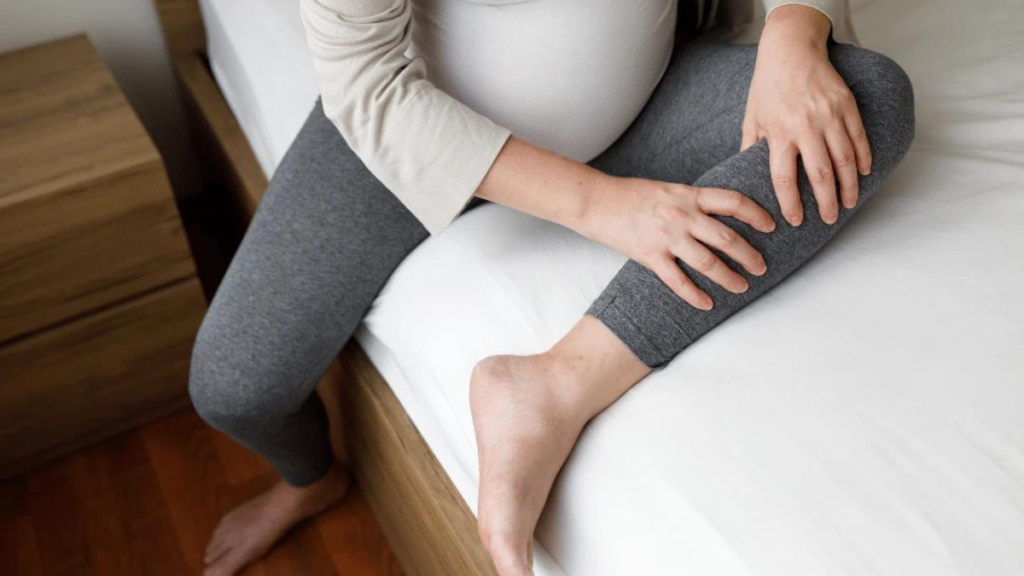
WHAT CAUSES SWELLING IN PREGNANCY?
Swelling in pregnancy is most often due to the increased blood volume and water your body holds which rises the second trimester and peaks in the third trimester. Your body can hold up to 8 litres of extra water, and your blood volume increases by 30-50% at then end of your pregnancy. That’s a LOT of extra fluid!
Most often this extra fluids stays inside your cells to help support your pregnancy, but sometimes it can pool elsewhere creating swelling. Often when you sit or stand for extended periods, this fluid ends up pooling in your ankles and feet causing swelling aka “cankles” (where your calves blend into your ankles). Swelling can happen at any time, but is more common towards then end of the pregnancy and is most often experienced at the end of the day, or after an extra warm day.
HOW TO REDUCE OR AVOID SWELLING?
Swelling is sometimes unavoidable and it can be uncomfortable. Here are some tips on how to prevent or decrease the swelling.
WHEN IS SWELLING NOT NORMAL
There are times where swelling is abnormal and can be a cause for concern.
These can be signs that the swelling is being caused by something called pre-eclampsia or a blood clot in the leg and should be assessed. As always if you are concerned, speak to your prenatal care provider or go to your birth centre for assessment.
© 2023 All rights reserved Baby & Toddler - part of parent promotions